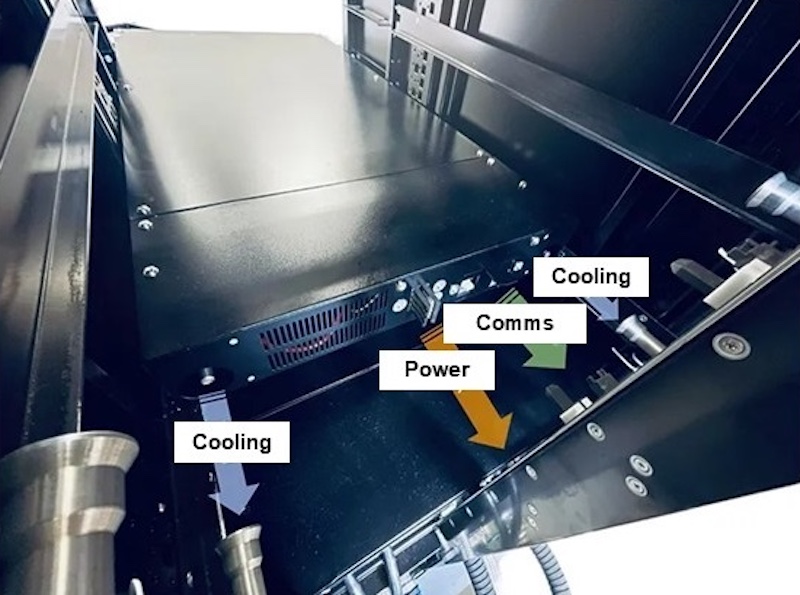Creating an AI-powered automation system for a small or mid-sized business can streamline operations and enhance efficiency. This guide provides step-by-step instructions tailored for non-developer operations managers, covering essential aspects such as design, deployment, monitoring, and management.
Before embarking on this project, it’s crucial to establish the prerequisites. First, identify the specific tasks you wish to automate. This may include data entry, customer service queries, inventory management, or reporting. The next step is to assess your current infrastructure. Ensure that your hardware and software can support AI tools. You’ll also need access to a reliable internet connection and potentially cloud-based storage services.
Once you’ve established your goals and ensured you have the right infrastructure, you can begin to configure your AI automation tools. Choose an AI platform that suits your business needs. Platforms such as Azure, Google Cloud AI, or AWS provide an array of services, including natural language processing and machine learning capabilities. For instance, if your goal is to automate customer service, you might opt for a chatbot service available on these platforms. Follow the platform’s documentation to set up an account and configure initial settings. This usually involves selecting the type of service you require, defining your objectives, and setting up access permissions for your team.
After the configuration is complete, it’s essential to conduct thorough testing to ensure that the automation functions as intended. Begin with a small set of data inputs to evaluate how the AI tool responds. For example, if you’re testing a chatbot, initiate several mock conversations to check for comprehension and response accuracy. Monitoring the tool during this phase allows you to refine its capabilities before full deployment. Expect errors or misunderstandings, as refining the AI’s processing will be an iterative process.
Once you have tested the system thoroughly, you can move on to deploying your AI automation solution. Begin with a phased rollout to minimize disruption to your operations. Monitor the performance closely during this period, adjusting parameters and settings based on user feedback. Encourage team members to report any issues or areas for improvement as they interact with the new system.
Monitoring the AI system is crucial to its continued efficacy. Use built-in analytics and reporting tools provided by your chosen platform. Keep a close eye on performance metrics like task completion rates, error frequencies, and response times. Setting benchmarks helps in assessing performance and aiding decision-making. Regularly review these metrics and be ready to make data-driven adjustments as necessary to maintain efficiency.
You will inevitably encounter errors along the way. Develop a robust error-handling protocol that includes logging errors, analyzing their causes, and implementing solutions promptly. Establish internal guidelines for your team on how to address common issues independently. This can enhance operational efficiency and minimize downtime.
Cost control is another significant aspect of deploying AI automation. Start by estimating the initial setup cost, including software subscriptions, potential hardware upgrades, and training costs. Factor in ongoing expenses, such as monthly subscription fees and predictable operational costs. Look for hidden costs, such as additional support or consulting services. This comprehensive understanding of costs will assist you in budgeting effectively.
Security, data retention, and privacy are paramount concerns for any AI deployment. Ensure that your chosen platform complies with relevant regulations, such as GDPR or local data protection laws. Implement security measures such as data encryption, secure access controls, and regular audits. Develop robust data retention policies outlining what data is kept, for how long, and under what circumstances sensitive data can be deleted.
Vendor lock-in is another potential pitfall. Opt for platforms that allow data portability, meaning you can easily export your data should you decide to switch providers. Look for solutions that support standard data formats to facilitate smoother transitions between services in the future.
Calculating ROI on your AI automation solution involves evaluating both tangible and intangible benefits. Track your time savings, increased output, and cost reductions attributable to the automation. Additionally, consider non-monetary benefits, such as improved customer satisfaction and team morale, which could further enhance your business’s value proposition.
Ongoing maintenance must be considered to ensure the system continues to meet your evolving business needs. Schedule regular reviews of how the AI tool is performing and whether it aligns with your objectives. Train your staff on using the system effectively, and be prepared to make continuous improvements based on performance data and user feedback.
FlowMind AI Insight: AI-powered automation presents a transformative opportunity for small and mid-sized businesses. By methodically designing, deploying, and monitoring an AI system, organizations can improve efficiency, reduce costs, and position themselves competitively in their respective markets. Embracing this technology not only enhances operational processes but also ensures that businesses are strategically aligned with the future of work.
Original article: Read here
2025-09-17 12:12:00

